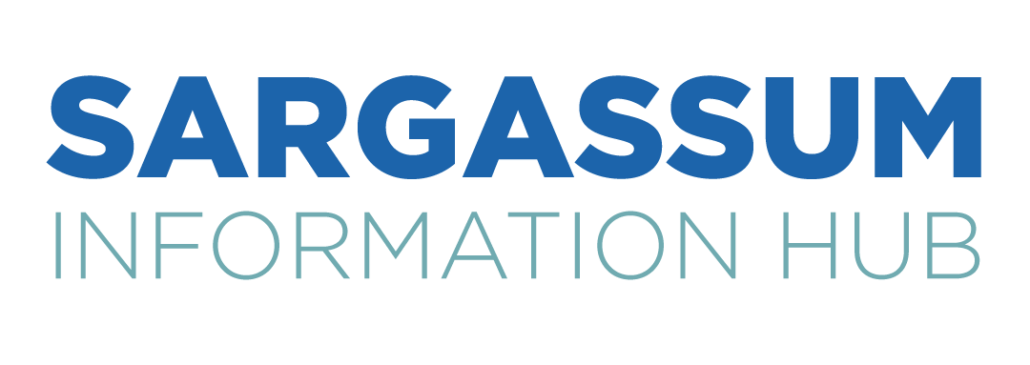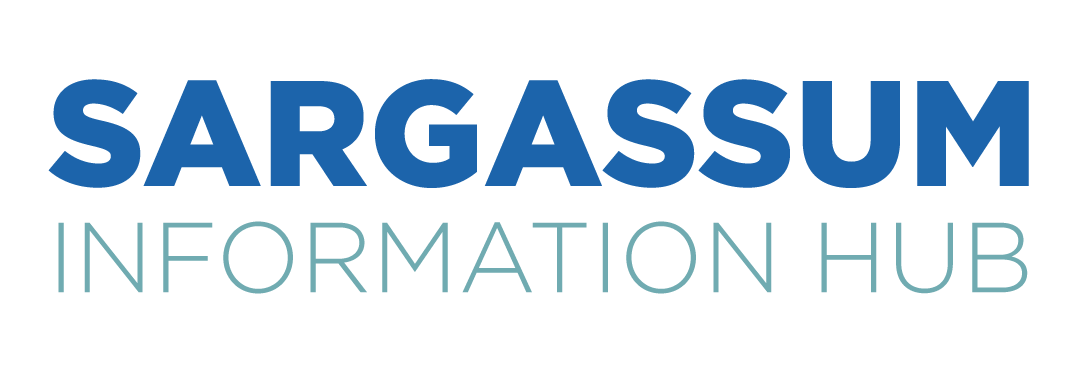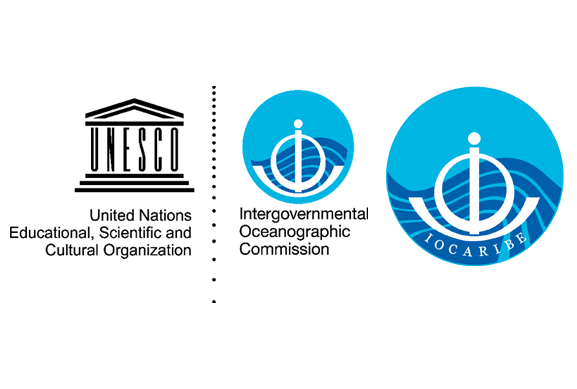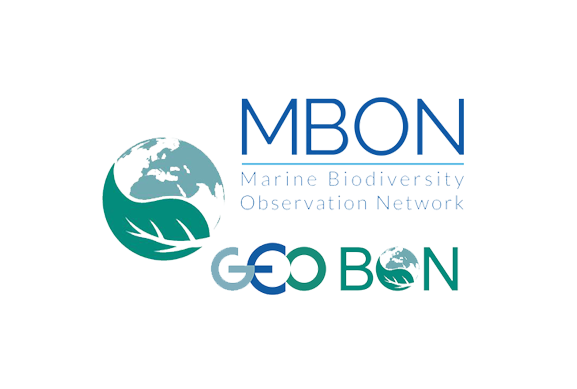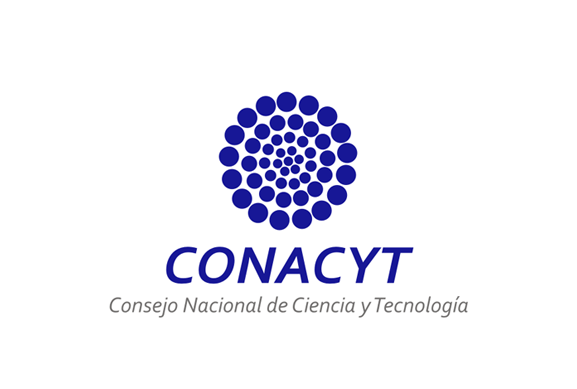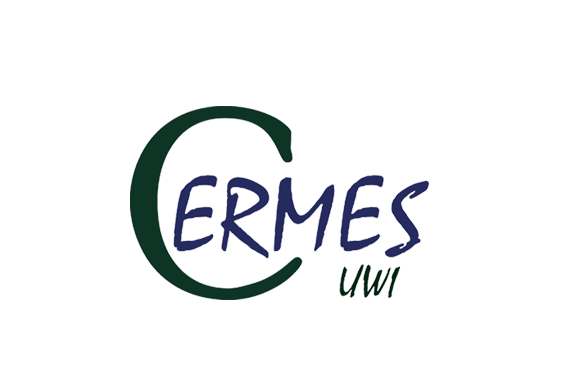JAMAICA
Sargassum influxes, now widely considered to be part of the ‘new normal’ have been impacting several Caribbean territories including Jamaica. Coastal areas in St. Mary, Portland, St. Thomas, Westmorland and St Catherine have borne the brunt of these influxes. These events have resulted in significant repercussions for coastal and marine ecosystems, their associated services, and key assets like tourism and fisheries.
There has been a united and collaborative effort to address the challenges presented by sargassum influxes. Both governmental bodies and private entities, including resorts, businesses, and research institutions, have joined forces to mitigate the impacts of sargassum on Jamaica’s coastlines. These efforts involve initiatives focused on cleanup activities and research and development endeavors.
